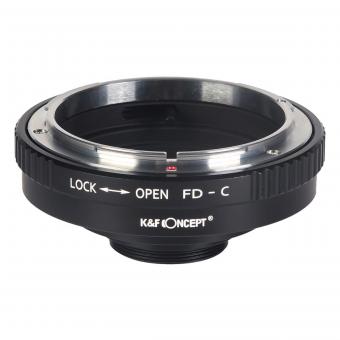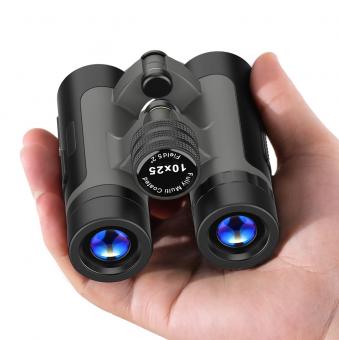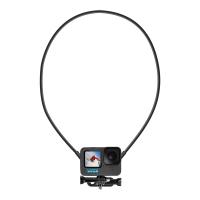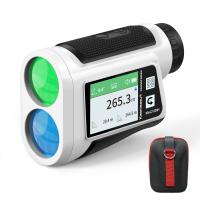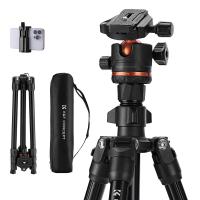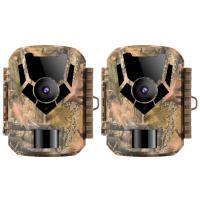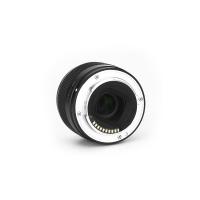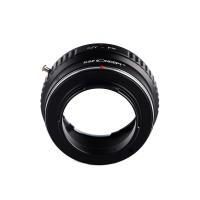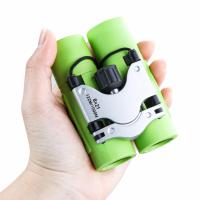How Does A Digital Camera Process An Image ?
A digital camera processes an image by capturing light through its lens and converting it into digital data. This process involves several steps, including:
1. Light enters the camera through the lens and is focused onto the image sensor.
2. The image sensor is made up of millions of tiny photosites, each of which records the amount of light that hits it.
3. The camera's processor then reads the data from the image sensor and converts it into a digital image file.
4. The digital image file is then stored on the camera's memory card.
During this process, the camera may also apply various settings and adjustments to the image, such as white balance, exposure, and color saturation. These settings can be adjusted manually by the photographer or set automatically by the camera's software.
1、 Image capture

Image capture is the first step in the process of how a digital camera processes an image. When the shutter button is pressed, the camera's sensor captures the light that enters the lens and converts it into digital information. This information is then processed by the camera's image processor, which applies various algorithms to enhance the image quality.
The latest point of view in digital camera processing is the use of artificial intelligence (AI) and machine learning algorithms. These technologies enable the camera to recognize and analyze the scene being captured, adjust the settings accordingly, and apply various enhancements to the image. For example, AI can be used to detect faces and automatically focus on them, or to identify different types of scenes and adjust the exposure and color balance accordingly.
Once the image has been captured and processed, it is stored on the camera's memory card. The camera may also offer various options for editing and sharing the image, such as cropping, applying filters, or transferring the image wirelessly to a smartphone or computer.
Overall, the process of how a digital camera processes an image has evolved significantly over the years, with the latest advancements in AI and machine learning enabling cameras to capture and produce high-quality images with greater ease and accuracy.
2、 Image compression

How does a digital camera process an image? The process of capturing an image with a digital camera involves several steps. First, light enters the camera through the lens and is focused onto an image sensor, which converts the light into an electrical signal. This signal is then processed by the camera's image processor, which applies various adjustments to the image, such as white balance, exposure, and color correction.
One important aspect of digital image processing is image compression. Image compression is the process of reducing the size of an image file without significantly degrading its quality. This is important because digital images can take up a lot of storage space, and smaller file sizes make it easier to share and transfer images.
There are two main types of image compression: lossless and lossy. Lossless compression algorithms preserve all of the original image data, while lossy compression algorithms discard some of the data in order to achieve a smaller file size. Lossy compression is typically used for images that will be displayed on the web or shared via email, while lossless compression is used for archival purposes.
The latest point of view on image compression is that it is becoming increasingly important as more and more images are being created and shared online. With the rise of social media and other online platforms, images are being shared at an unprecedented rate, and image compression is essential for making this process efficient and practical. Additionally, advances in image compression technology are making it possible to achieve higher levels of compression without sacrificing image quality, which is good news for both photographers and consumers.
3、 Image processing

How does a digital camera process an image? The process of capturing an image with a digital camera involves several steps, including image acquisition, image processing, and image storage. Image processing is the most critical step in the process, as it involves converting the raw data captured by the camera's sensor into a usable image.
The image processing algorithm used by digital cameras is complex and involves several steps. First, the raw data captured by the camera's sensor is converted into a digital image using a process called demosaicing. This process involves interpolating the missing color information in the image to create a full-color image.
Next, the image is corrected for any lens distortion or other aberrations that may have occurred during the image capture process. This correction is done using a process called image rectification, which involves applying a mathematical transformation to the image to correct for any distortions.
Once the image has been rectified, it is processed to enhance its quality and improve its visual appeal. This process involves adjusting the image's brightness, contrast, and color balance to create a more visually pleasing image.
Finally, the processed image is compressed and stored in a digital format, such as JPEG or RAW. The compression process reduces the size of the image file, making it easier to store and share.
In recent years, advancements in artificial intelligence and machine learning have led to the development of more sophisticated image processing algorithms. These algorithms can automatically detect and correct for a wide range of image defects, such as noise, blur, and distortion, resulting in higher quality images with less manual intervention.
4、 Image storage

How does a digital camera process an image?
A digital camera processes an image by capturing light through its lens and converting it into digital data. This process involves several steps, including image acquisition, processing, and storage.
First, the camera's image sensor captures the light that enters through the lens and converts it into electrical signals. These signals are then processed by the camera's image processor, which applies various algorithms to enhance the image quality. This includes adjusting the exposure, color balance, and sharpness of the image.
Once the image has been processed, it is stored in the camera's memory card. The type of memory card used by the camera can affect the speed and capacity of image storage. For example, newer cameras may use SDXC cards, which can store up to 2TB of data and have faster read and write speeds than older SD cards.
In recent years, digital cameras have also incorporated features such as Wi-Fi and Bluetooth connectivity, allowing users to transfer images wirelessly to other devices or cloud storage services. Additionally, some cameras now have built-in image stabilization technology, which helps to reduce blur caused by camera shake.
Overall, the process of how a digital camera processes an image has evolved over time with advancements in technology. From the initial capture of light to the final storage of the image, digital cameras have become more sophisticated and user-friendly, making it easier for people to capture and share high-quality images.











